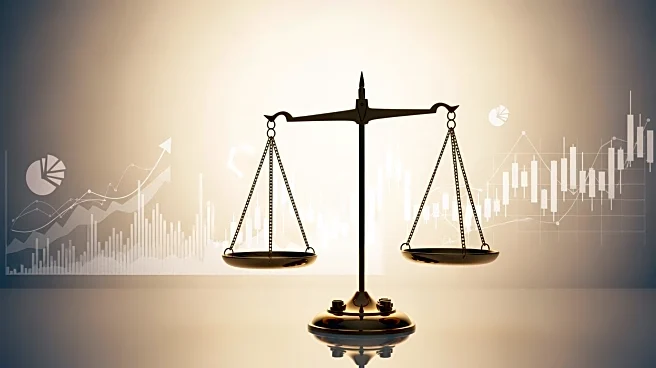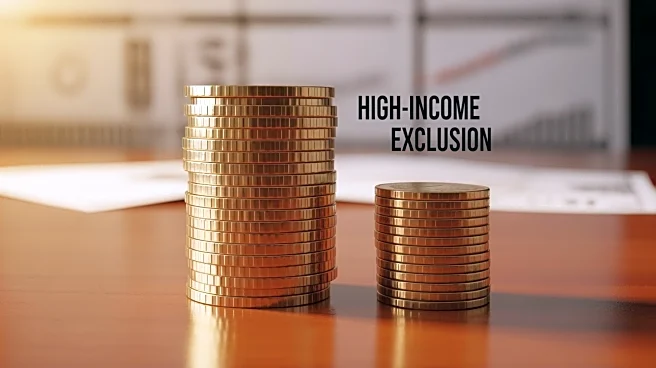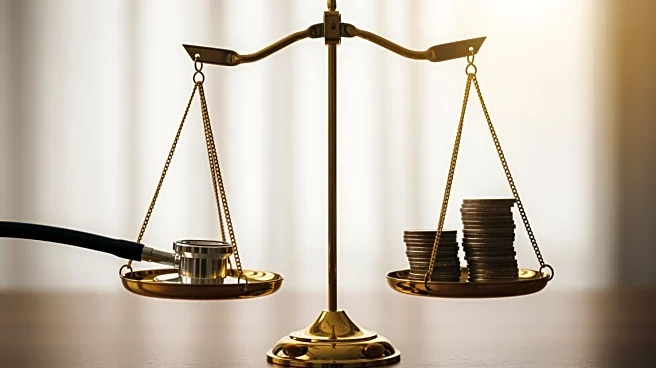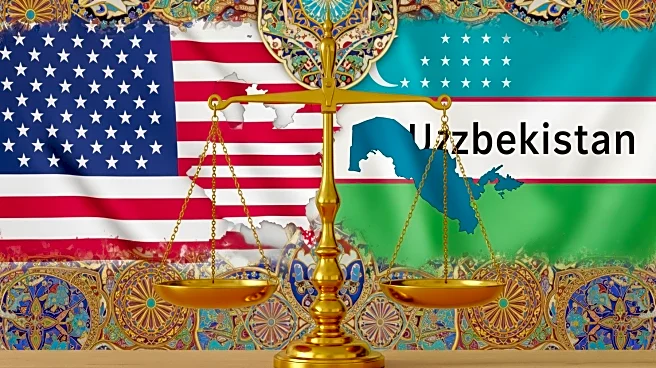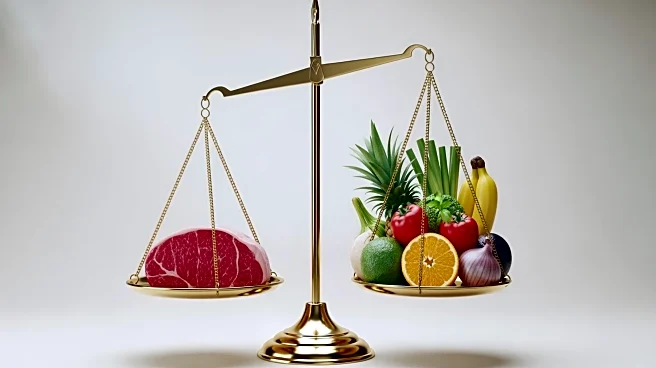What's Happening?
President Trump has proposed a $2,000 tariff dividend check for Americans, excluding high-income individuals, citing a booming U.S. economy with low inflation and record-high stocks and investments. This
proposal comes as part of Trump's broader economic agenda, which previously included stimulus checks during his first administration. Treasury Secretary Scott Bessent suggested that the dividend might be implemented as a tax cut rather than a direct payment, although details remain unspecified.
Why It's Important?
The proposal reflects President Trump's confidence in the U.S. economy's strength and his administration's focus on stimulating consumer spending. By excluding high-income individuals, the plan aims to target middle and lower-income households, potentially boosting consumer demand. However, the lack of clarity on implementation and the potential impact on federal revenue and fiscal policy could raise questions among policymakers and economists. The proposal also highlights ongoing debates about the best methods to support economic growth and address income inequality.
What's Next?
Further details on the proposal's implementation are expected, particularly regarding the definition of 'high income' and the mechanism for distributing the dividend. The proposal may face scrutiny from lawmakers and economic analysts, who will assess its potential impact on the federal budget and economic inequality. The administration's approach to fiscal policy and economic stimulus will continue to be a focal point in the lead-up to the next election cycle.
